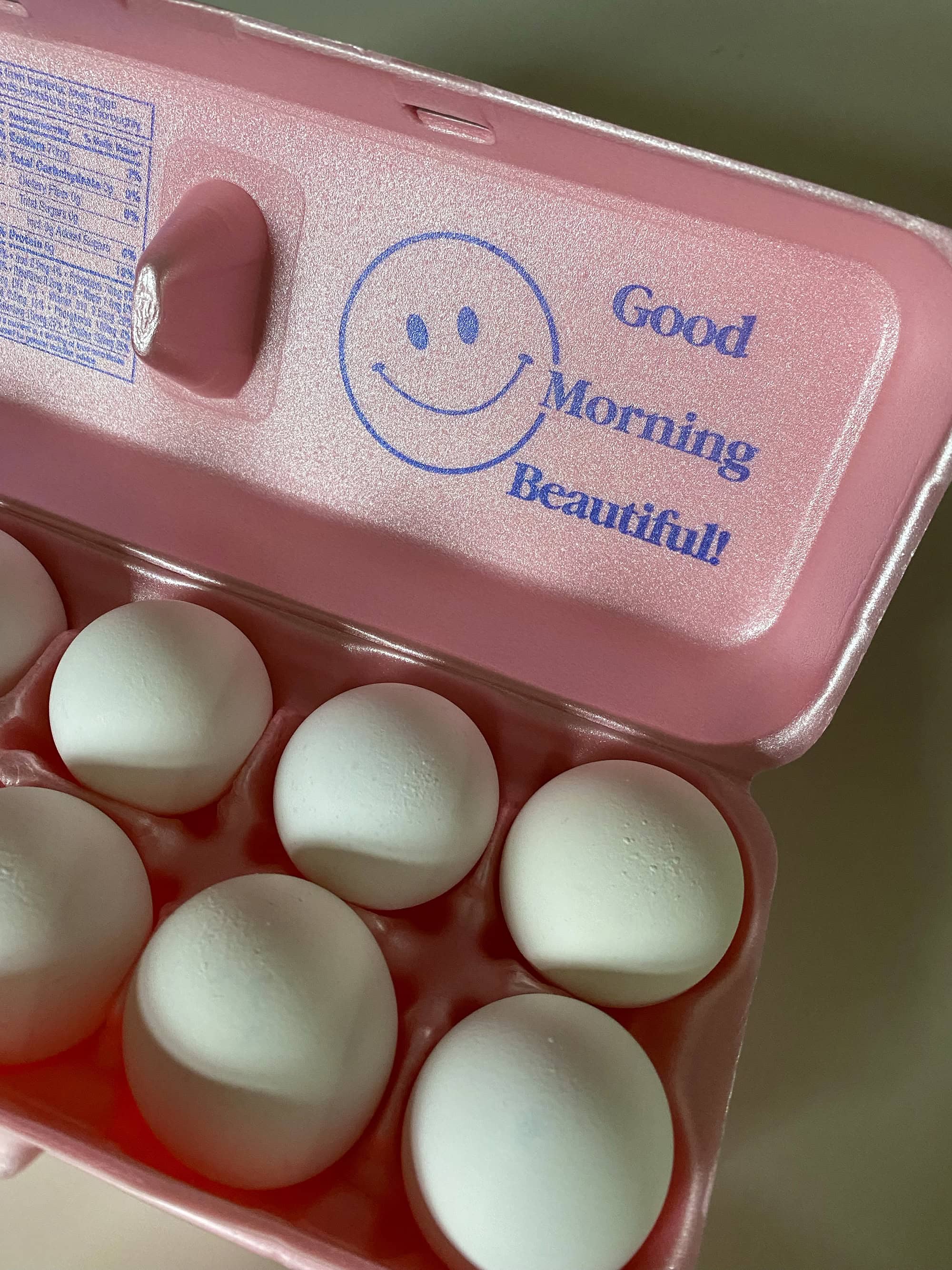Going Viral with an “Unaccepted” Product: How to Build a Cult Brand from Zero
How scarcity, social proof, and FOMO turned a $25 toy into a billion-dollar brand — and how you can do it too (on a small budget)
1. Introduction: Why “Unaccepted” Products Often Win
The products that go viral aren’t always the most beautiful, useful, or logical.
They’re the ones that make people feel something — curiosity, nostalgia, disbelief, even confusion.
The now-infamous Labubu, a bug-eyed toy that looks like a gremlin after too much coffee, became 2025’s most viral fashion accessory.
Retail price? $25.
Resale price? Thousands.
Celebrities from Lisa (BLACKPINK) to Rihanna were spotted with it.
And that scrappy little toy turned a relatively unknown Chinese company, PopMart, into a $40 billion giant, briefly worth more than Hasbro and Mattel combined.
How does something so weird take over global pop culture?
Because virality doesn’t start with acceptance.
It starts with attention.
And once you understand how scarcity, social proof, and FOMO create attention loops, you can engineer your own viral wave — even without a celebrity or billion-dollar marketing team.
2. The Viral Triangle: Scarcity, Social Proof & FOMO
At the heart of every viral product lies a simple psychological formula — the Viral Triangle:
Labubu wasn’t new in using these tactics.
At the heart of every viral product lies a simple psychological formula — the Viral Triangle.
It works through three interconnected engines:
⭐︎ Scarcity triggers desire — when something feels limited, we instinctively see it as more valuable.
⭐︎ Social proof creates belonging — when people we admire embrace something, we want to be part of that group too.
⭐︎ FOMO (fear of missing out) drives urgency — the pressure to act now before the opportunity disappears.
Labubu wasn’t the first to use these tactics — but it mastered how to combine them.
Pokémon cards, Supreme drops, and even Beanie Babies did it decades earlier — just with different packaging and timing.
But PopMart did something unique:
they combined psychological triggers with social media virality loops and user-generated content (UGC) to turn a small collectible into a movement.
Let’s unpack exactly how — and how you can adapt it for your own product, even on a small budget.
3. Case Studies in Weird Virality
Before diving into the playbook, here’s proof that “unaccepted” ideas work:
• Labubu (2024–2025)
A blind-box toy turned global status symbol through scarcity (secret figures), celebrity influence (Lisa’s post), and FOMO (pop-up events and fashion collabs).
• Pokémon Cards (1999–Today)
Scarcity through rare “holo” cards, social proof through schoolyard trading, and FOMO driven by limited edition sets.
• Supreme
Built a billion-dollar streetwear brand through intentional scarcity: one weekly drop, small supply, big lineups, and a culture of “if you know, you know.”
• Beanie Babies (1990s)
Limited retirements created artificial scarcity and massive collector mania — one of the earliest viral fandom economies.
These weren’t accidents. Each brand built systems for virality.
Now let’s build yours.
4. Before You Launch: Nail the Story, Not Just the Product
The biggest myth in marketing: “If the product is great, people will find it.”
Wrong.
In a world drowning in content, great doesn’t win — different does.
Before you print packaging or launch an ad, define your weirdness. The weirder and more specific your story, the easier it is to share.
Here’s how to frame it:
- Define your emotional hook.
- Is your product funny? Nostalgic? Oddly satisfying? Rebellious?
Example: Labubu leaned into “ugly-cute” — it looked so weird it became cool.
- Is your product funny? Nostalgic? Oddly satisfying? Rebellious?
- Write your one-sentence story.
“Collect the mischievous little gremlins that bring chaos to your shelf.”
- Set three visual rules.
- Color palette (2–3 tones max)
- Lighting (natural? flash? moody?)
- Props (e.g., bags, streetwear, desktops)
Tip: Use Canva or Figma to create a 1-page “brand card” — free, and incredibly powerful for consistency.
5. Packaging as Product: How the Box Sells the Story
Labubu didn’t just sell toys — it sold mystery.
Each came in a blind box, so buyers didn’t know which character they’d get.
That uncertainty is the marketing.
When opening the box is the experience, every customer becomes a potential content creator. Unboxing videos, reaction clips, and shelf “flexes” spread like wildfire.
How to do it on a budget:
- Add a secret variant (1 in every 50 or 100 units).
- Print “mystery inside” or “will you find the secret?” on the box.
- Create one rare colorway or version and don’t overshare how many exist.
Example: Print a gold sticker on a few random packages. People will film their “gold find.” Cost? Pennies. Impact? Priceless.
6. Engine 1 — Scarcity: Designing Limited Drops That Actually Work
Scarcity doesn’t just mean “make less.” It means make it feel precious.
Tiers of scarcity you can use:
- Quantity scarcity: Only 100 units exist.
- Time scarcity: Available for 24 hours only.
- Tier scarcity: Common / Rare / Secret tiers (like Labubu).
- Access scarcity: Only early supporters or email list can buy first.
Low-budget scarcity tactics:
- Announce a drop countdown: “Next drop in 7 days, 100 pieces only.”
- Show behind-the-scenes prep — “We’re hand-packing each one.”
- Number your products (#1 of 100). Adds instant collector value.
Remember: scarcity without story feels manipulative.
Scarcity with meaning feels special.
7. Engine 2 — Social Proof: Seed, Scale, Repeat
Social proof isn’t about going viral overnight — it’s about showing that someone loves your product.
Labubu didn’t start with celebrities; it started with fans filming unboxings. The viral ignition came later, when Lisa (BLACKPINK) casually posted a photo with a Labubu charm.
Within hours, Google searches exploded.
That’s called a social proof cascade — when a few high-status users make something look desirable, everyone else follows.
Here’s how to engineer that without a Lisa:
- Seed with micro-influencers (1k–50k followers).
- Reach out via DM: “We’re launching a secret drop toy. Want to unbox one on camera? Free box + $30.”
- Budget: 30 influencers × $30 = $900 — your best early investment.
- Give creative prompts.
- “Unbox your mystery.”
- “Guess which variant I got.”
- “Styling my weird new charm.”
- Make reposting easy.
- Use one official hashtag.
- Share and tag every creator in your story highlights.
When fans see real people posting, not ads, the content compounds organically.
It’s not about going viral — it’s about looking alive.
8. Engine 3 — FOMO: Events, Pop-ups & IRL Loops
PopMart didn’t just rely on social media; they made offline events that became online moments.
In Bangkok, they hosted a 4-day pop-up takeover.
In Paris, they opened a flagship store inside the Louvre Mall — complete with exclusive drop figures.
People lined up for hours — and posted every second of it.
How to create FOMO on a small budget:
- Local market pop-up: one table, 50 limited products, photo backdrop.
- Collab with a café or boutique: “Buy a drink, unlock a mystery box.”
- Flash drop: Announce via story, “Drop live for 2 hours only.”
- “First 50” rule: Offer early buyers something extra — a variant, sticker, or discount.
Why it works:
Events create proof of demand. Lines, tags, reactions — all social signals that something must be worth it.
And every attendee becomes your unpaid marketer.
9. Creative Assets on a Shoestring: Real > Perfect
You don’t need cinematic ads. You need authenticity.
Labubu content wasn’t polished — it was chaotic, colorful, and human.
That’s why it spread.
Quick Photography & Video Framework:
Goal: Make it feel like a friend’s post, not an ad.
Shot List for viral UGC:
- Close-up of packaging
- Hands opening
- The reveal
- Reaction (facial expression is key)
- Product “styled” somewhere cool (desk, bag, shelf)
- Loop or transition shot
Editing rule: 10-second videos max. Hook in 2 seconds.
Lighting rule: Window light > studio light. Always.
Toolbox:
- CapCut, VN, or InShot (free editors)
- Lightroom mobile for color consistency
- Free caption templates in Canva
Remember, UGC is believable when it’s slightly imperfect.
Shaky hands, laughter, surprise — keep them. That’s what makes it real.
10. Community & Product Feedback Loops: Turn Fans into Co-Marketers
Once your product has small traction, your community becomes the engine.
Build the loop:
- Encourage fans to share setups, hacks, or mods.
- Feature them on your social pages.
- Give shoutouts, free gifts, or limited “fan-only” variants.
- Create a Discord or close friends list for early access.
Pro tip: Label your top 50 fans as “OG Collectors” and give them early drops. They’ll feel ownership and spread the gospel for free.
11. Measurement & Iteration: What to Track and When to Pivot
If you’re not measuring, you’re just guessing.
Track these 4 metrics monthly:
- Cost per new buyer (CAC)
- Conversion rate from UGC posts
- Influencer ROI (sales or engagement per collab)
- Drop sell-out time
When drops sell slower, or UGC posts flatten — it’s time to pivot:
- Release a new “secret” variant.
- Collaborate with another small brand.
- Add digital perks (AR filters, mini games, badges).
Sustain hype with micro-surprises — small twists that reignite the story.
12. When Hype Fades: From Viral to Sustainable
Every viral brand hits a plateau.
Supreme did. Beanie Babies did. Labubu did too.
Once PopMart scaled up production, the exclusivity vanished.
Scarcity disappeared. FOMO evaporated.
Their stock dropped 25% as demand cooled.
Here’s how you can avoid the crash:
- Keep one product line limited forever — never restock.
- Use your viral fame to launch a core collection with broader appeal.
- Diversify — content, collabs, and community are your long-term safety net.
In short:
Hype gets you seen. Brand keeps you remembered.
13. Ethical Scarcity: Creating Desire Without Deception
Scarcity works because it excites. But if you manipulate too hard, you lose trust.
Be transparent:
- If something is limited, say how many exist.
- If there’s a rare variant, disclose the odds.
- Never destroy stock just to fake demand.
Long-term virality comes from trust and creativity, not tricks.
14. Quick Launch Checklist
⭐︎ Define your emotional hook & visual identity
⭐︎ Add a scarcity mechanic (time, quantity, or secret)
⭐︎ Prepare 20–50 micro-influencer DMs
⭐︎ Write a clear unboxing brief (3 content ideas max)
⭐︎ Plan one IRL or virtual “drop” event
⭐︎ Create 3–5 content templates (photo + video)
⭐︎ Track key metrics weekly
⭐︎ Surprise your audience once per month
⭐︎ Maintain scarcity responsibly
⭐︎ Celebrate UGC like it’s your own
15. Final Pep Talk: Make Something People Want to Show Off
You don’t need a celebrity.
You don’t need a six-figure budget.
You need a system that sparks curiosity, rewards participation, and invites people into your story.
Virality is not luck — it’s leverage.
When you combine scarcity (make it special), social proof (make it visible), and FOMO (make it urgent), even an “unaccepted” product can become the next cultural phenomenon.
Labubu was “ugly.” Supreme was “overpriced.” Beanie Babies were “pointless.”
But they all made people feel something.
That’s your power as a creator: to make something so bold, so unexpected, that people can’t help but talk about it.
Now go create the next weird, wonderful, world-dominating thing.
And when you do — make sure you film the unboxing.
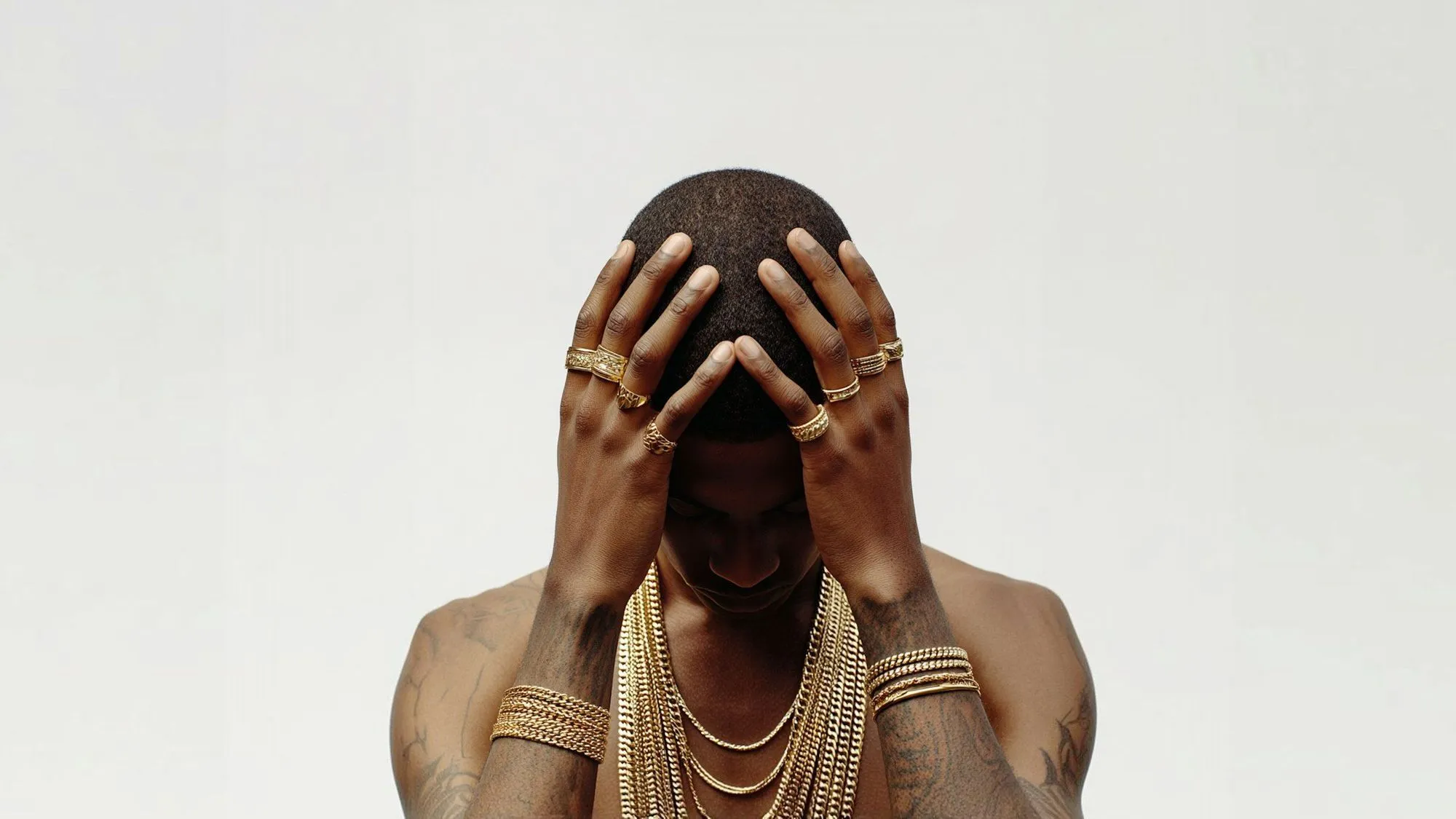



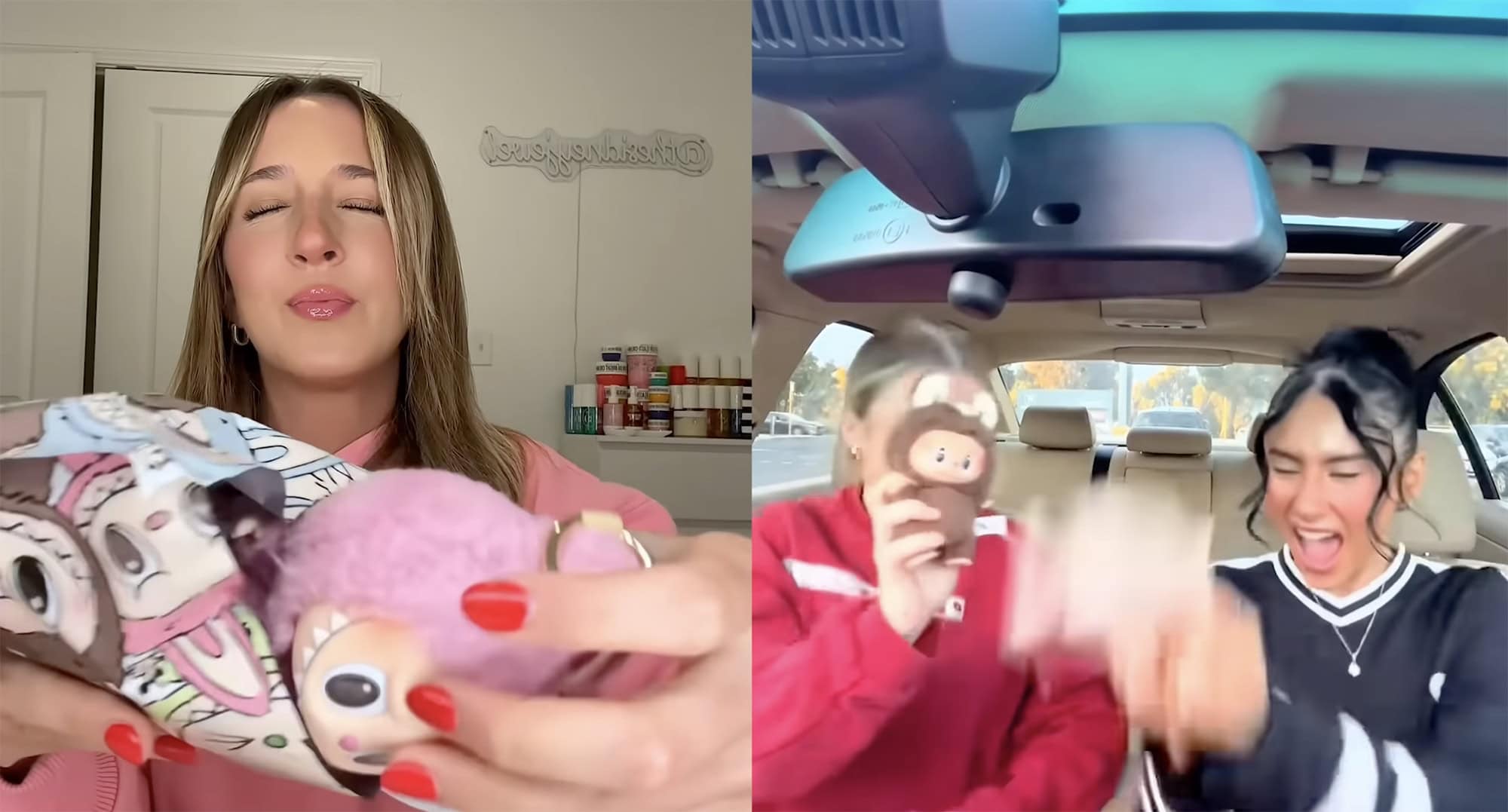

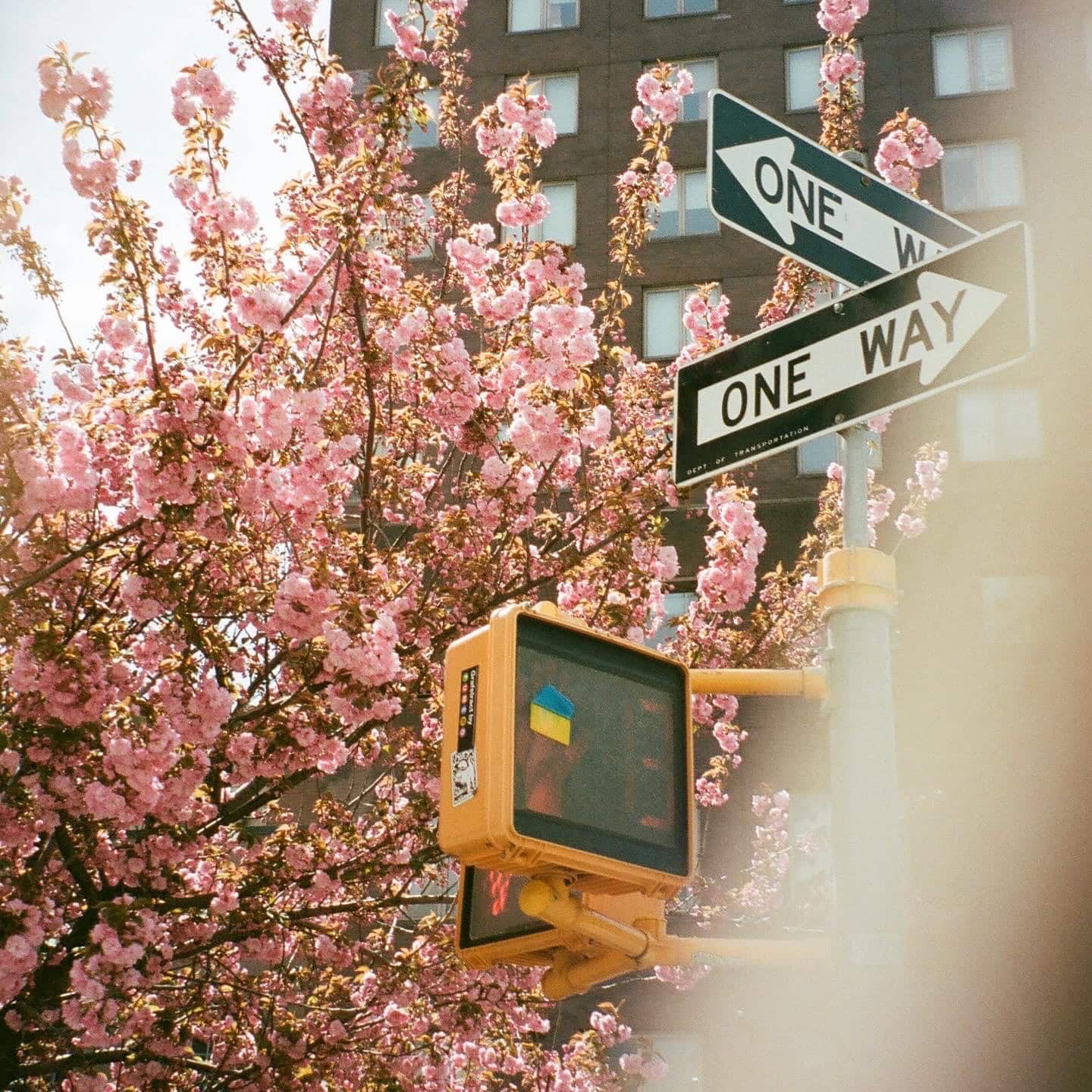
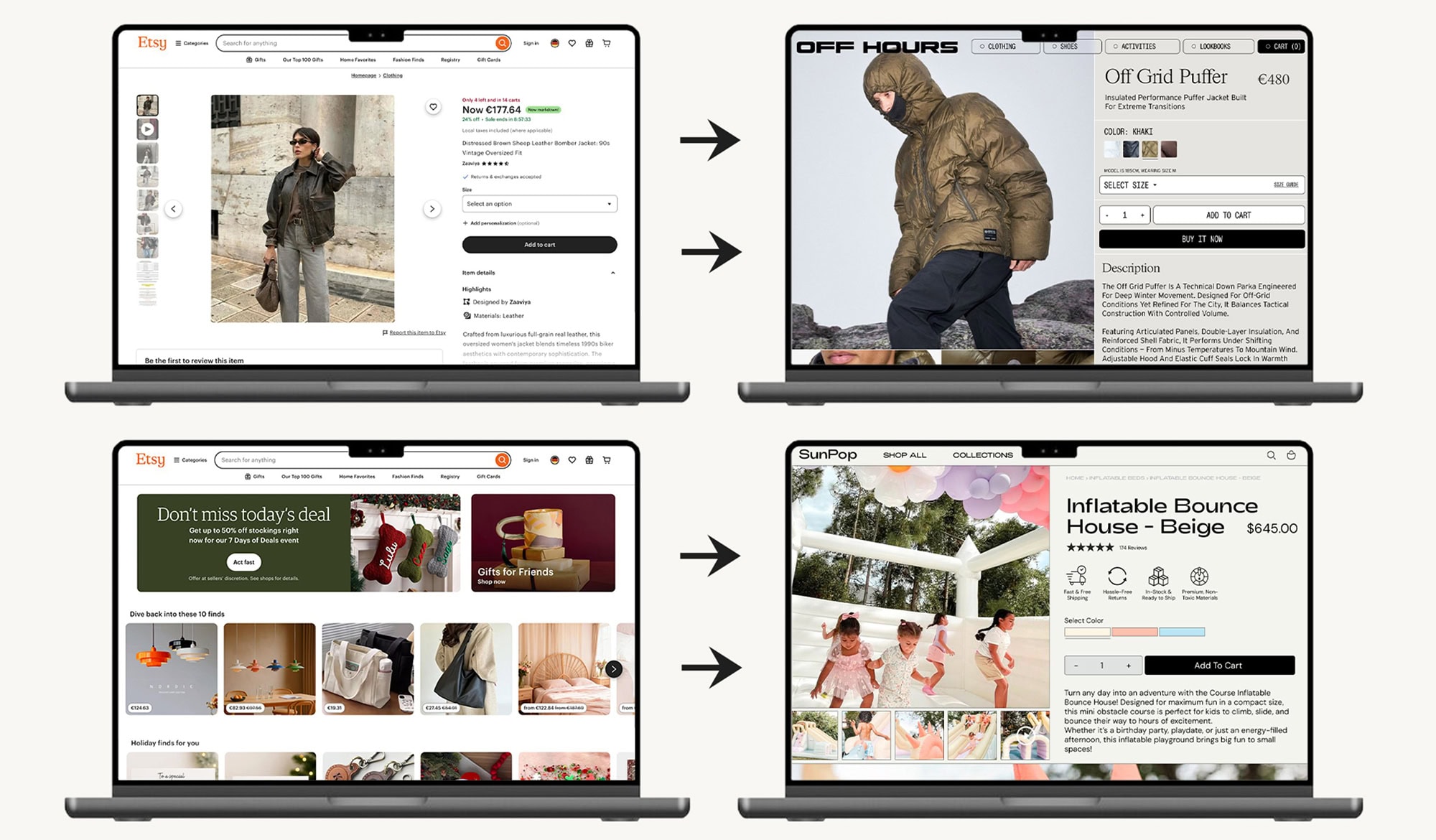
.jpg)
